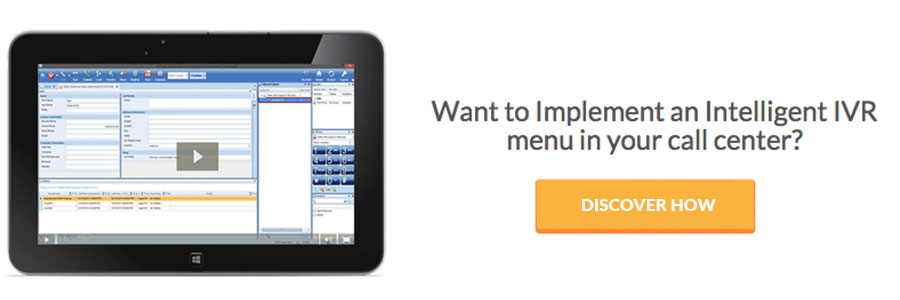As consumers continue to rank speed of service as the number one factor to a great customer experience, the concept of self-service has rapidly picked-up speed across all industries—patients can make doctor appointments online, patrons can make restaurant reservations, travelers can self-check-in, shoppers can make purchases without the help of an employee—the list goes on. Available in some capacity across all channels—in store, online, and via the telephone through Interactive Voice Response (IVR) systems—self-service appears to be shaping the future of customer service as we know it. In fact by 2017, Gartner predicts that two-thirds of customer service interactions will not require the support of a human intermediary, something that should not come as much of a surprise to today’s tech-savvy consumers or the businesses serving them. Originally implemented to enhance internal efficiencies and reduce operational costs, self-service capabilities are now driven by customer demand, as they have shown to create more personalized experiences and increase engagement.
As it relates specifically to call centers, a customer service channel largely driven by live representatives, businesses have begun offering self-service tools via IVR menus both to facilitate and hasten live interactions as well as eliminate the need for agent-led assistance all together. Seemingly the perfect solution for those consumers who prefer using the telephone for service, IVR-led interactions, or what many like to call “virtual agent” led interactions, do not always lead to the most optimal outcomes—in fact, satisfaction ratings for “virtual agents” tend to hover around 55%, the lowest across all self-service channels. And only 7% of organizations currently offer an IVR solution that delivers a better experience (CSAT) than their live agent experience. The reality remains that, as consumers continue to demand self-service capabilities across all service channels, businesses need to ensure their IVR systems are properly implemented and built to compliment existing processes in order to adequately meet the expectations of their customers.
A few best practices:
Ensure information is consistent, relevant, and accurate: A self-service strategy is essentially meaningless if the information customers are attempting to access is not up-to-date. Businesses should ensure they are continuously updating automated prompts to reflect any changes in processes or procedures, and that IVR menus are properly linked to the business’ system of record, enabling customers to access the most up-to-date information about their account in real-time.
Avoid lengthy and confusing menus: One of the main draws of self-service is that customers can (if all goes well) quickly and easily help themselves—but when IVR menus are lengthy or confusing, and the order of prompts does not reflect most common customer needs, it can cause frustration, escalation to a phone call, and even customer abandonment. Businesses should use historical call data to create a logical and streamlined IVR menu, and should keep prompts brief and concise when possible to avoid customer frustration.
Make it easy for customers to gain live assistance if desired: While a business might have the most streamlined IVR menu and could be offering the most informative resources, there will always be instances when customers want to speak with a live individual—especially at times when the information they have accessed is not what they were hoping to hear. Businesses should ensure their agents are just a click away, ready to help customers that need further clarification.
Use customer data for proactive support: Based on the information a customer has either provided or accessed in an IVR menu, businesses should proactively address any other needs that might arise, similar to how they would in an agent-led interaction. This can both avoid escalation to a phone call, while enhancing the overall customer experience.





